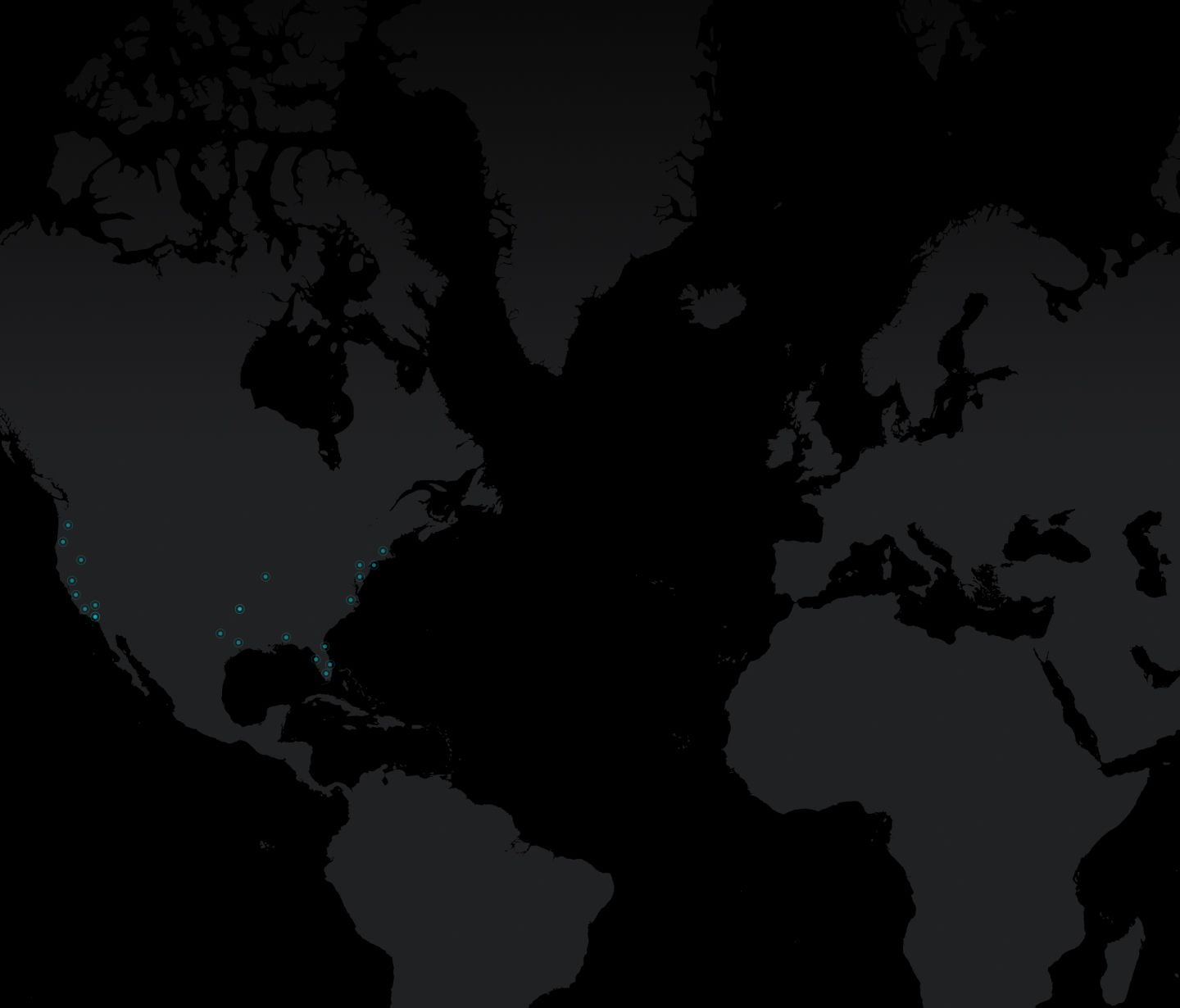Proven results
The Largest Phase 3 Clinical Trial Program
conducted for a neuromodulator to treat glabellar lines.13
- 0
Trial Sites13,14
- 0
Patients14
- 0
Treatments14
65 Trial Sites13,14
2,823 Patients14
4,444 Treatments14

Fast Onset
Onset as early as day 1 and typically within 2 days.1*
*Based on pooled patient diary data from SAKURA 1 and SAKURA 2.2,8
Long-
Lasting Results
Sustained glabellar line improvement with the convenience of as few as 2 treatments per year for busy patients.10†
DAXXIFY® gradually softens over a prolonged period.2‡
†At least 50% of patients in SAKURA 1 and
SAKURA 2 had none or mild frown lines for 24 weeks (6 months) and 23.9
weeks (6 months) or longer, respectively, per both investigator’s and
patient’s assessments.10
‡Median time to return to baseline wrinkle severity was 27.7 weeks in SAKURA
1 and 26 weeks in SAKURA 2.10
SAKURA 18a
SAKURA 28b
aPivotal, placebo-controlled,
single-treatment trial conducted at 15 sites over 36 weeks; N=303
(DAXXIFY®: 201; placebo: 102).8
bPivotal, placebo-controlled,
single-treatment trial conducted at 15 sites over 36 weeks; N=306
(DAXXIFY®: 205; placebo: 101).8
cProportion of patients from SAKURA 1
and SAKURA 2 rated as 0 or 1 (none or mild) by the investigator.8
dProportion of patients from SAKURA 1
and SAKURA 2 rated as 0 or 1 by the patient.8
74% achieved a ≥2−grade improvement at week 4 per both investigator’s and patient’s assessments.2,8§
§Per pooled data from SAKURA 1 and SAKURA 2.2,8
The Look
Give patients a better look vs baseline.3
Smooths even the deepest lines.2,15,16
64% of patients achieved an improvement in the appearance of skin texture at week 2.3||
||From a post hoc analysis of a Phase 2 clinical study with 60 patients.3
Safety
Per clinical trials, DAXXIFY® is generally safe and well tolerated, with no serious treatment-related adverse events reported.2,8
ADVERSE REACTIONS ≥1% AND MORE FREQUENT THAN PLACEBO IN
SAKURA 1 AND SAKURA 2 (POOLED)8 | DAXXIFY® n=406 n (%) | PLACEBO n=203 n (%) |
| HEADACHE | 9 (2%) | 0 (0%) |
| EYELID PTOSIS | 26 (6%) | 4 (2%) |
FACIAL PARESISa | 5 (1%) | 0 (0%) |
aFacial paresis, including facial asymmetry, is a broad term in the adverse event coding system, and in SAKURA 1 and SAKURA 2 this included 1 patient with unilateral over-arched brow and 4 patients with frontalis muscle weakness.8,17
The incidence of these adverse reactions did not increase with multiple retreatments.8
The most common side effects seen in clinical trials occurred within one to two weeks after injection and lasted only a short while. This is consistent with other neuromodulator treatments.18
In the repeat-dose, open-label SAKURA 3 safety study, 2,691 patients were treated with 40U of DAXXIFY®. The adverse reaction profile was similar to that reported in single-dose trials.8,14 Injection site reactions were the most common adverse reactions, reported in 9% of patients [including injection site pain (4%), injection site erythema (3%), injection site edema (3%), injection site bruising (1%), injection site papule (<1%), and injection site pruritus (<1%)], followed by headache (5%), edema (2%), erythema (2%), and eyelid ptosis in 1% of patients.8
Publications
Journal of the American Academy of Dermatology
DaxibotulinumtoxinA for Injection has a prolonged duration of response in the treatment of glabellar lines: Pooled data from two multicenter, randomized, double-blind, placebo-controlled, phase 3 studies (SAKURA 1 and SAKURA 2)
Download Article (PDF)Plastic and Reconstructive Surgery
DaxibotulinumtoxinA for Injection for the treatment of glabellar lines: Results from each of two multicenter, randomized, double-blind, placebo-controlled, phase 3 studies (SAKURA 1 and SAKURA 2)
Download Article (PDF)Toxins journal
Clinical immunogenicity of DaxibotulinumtoxinA for Injection in glabellar lines: Pooled data from the SAKURA phase 3 trials
Download Article (PDF)
Offer DAXXIFY® to Your Patients
Learn how to order today.